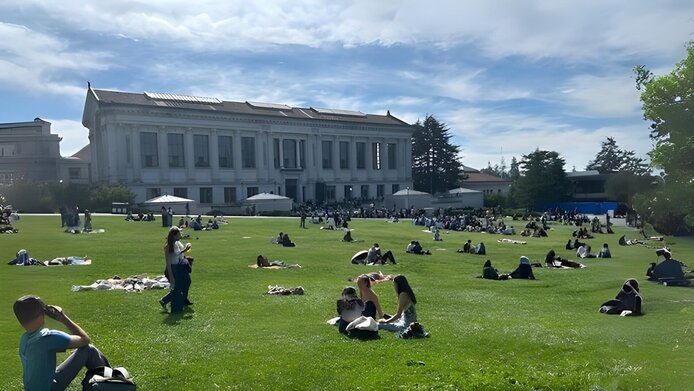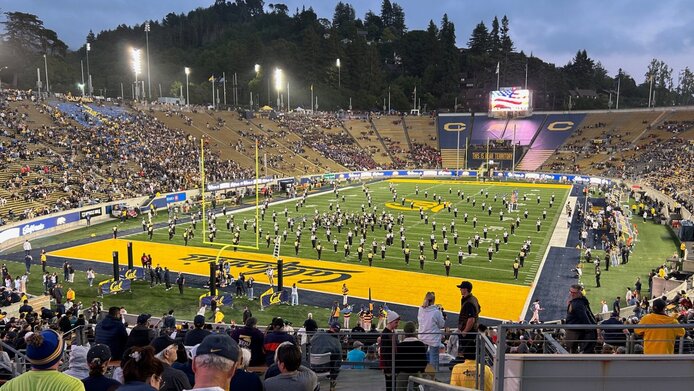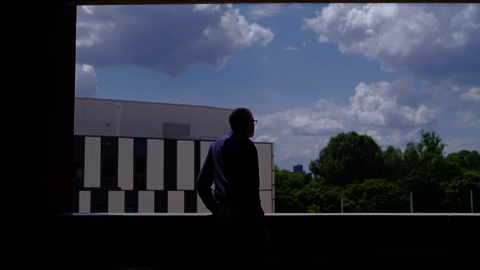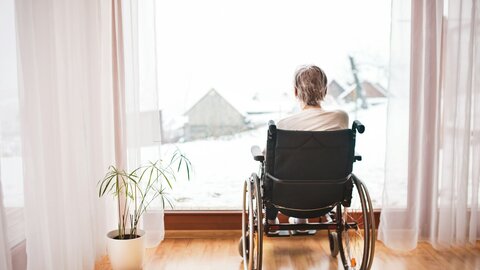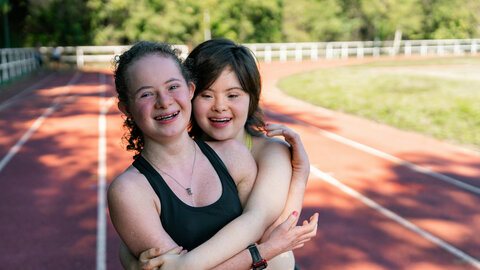Looking for vestiges of a “bygone world” at Golden Gate
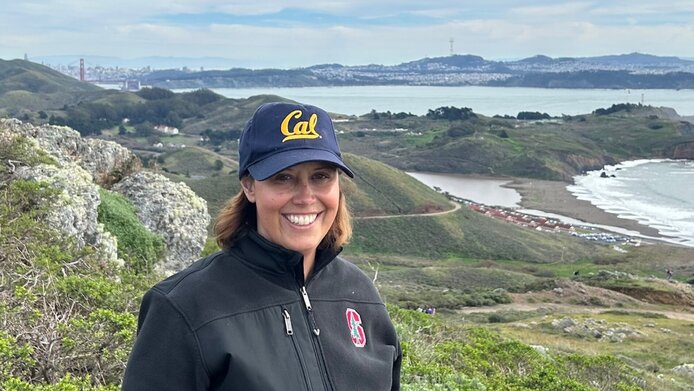
Moving abroad is never an everyday occurrence - especially when it is involuntary, as was the case for thousands of scientists during the Second World War. It is always associated with preparations and a certain degree of uncertainty, no matter where you are going or how experienced you are in moving. My relocation was voluntary, to a country whose language and culture I was familiar with, and is therefore not comparable. I also was experienced in relocating and I certainly had experience of moving: as an exchange student in the USA, as a student in France and as an Erasmus student in Spain. Furthermore I spent several months doing research in Latin America and Russia during my doctoral studies. But this time it was different: I am now a mother of three children aged nine, seven and four, and my family accompanied me on my research trip to California.
How did the legal scholars expelled by the Anschluss in 1938 continue to work in American exile? Schrödinger Fellow Miriam Gassner explores the lives and academic legacy left behind by Austrian legal scholars.
Excellent libraries, unique archival material and the opportunity to talk to survivors
“A visit to that library is an adventure”, said Hans Kelsen, father of the Austrian Constitution, talking about the Bancroft Library. Kelsen taught at UC Berkeley as from 1942 after his forced emigration from Europe, and he found his “final resting place”, as he called it in his autobiography, in the Bay Area. Kelsen was not the only one: in the course of the Second World War, Berkeley developed into a veritable science hub for academics driven from Europe. I am now intent on exploring their (law-related) legacy in American exile, drawing on libraries and archives and through interviews with survivors.
Great challenge, but feasible
With two schoolchildren and a toddler, doing research on another continent, exactly 9,616 kilometers away from familiar surroundings and social networks, is challenging, to say the least. In the first few weeks, while I had to get my bearings at the university, my children started attending a local public elementary school and kindergarten respectively. In the first few months they needed intensive support – not least because of their inadequate language skills. After about three months, however, the language barrier was overcome and the children were able to follow the regular lessons.
This said, the biggest challenge of a research stay in the Bay Area with small children is of a financial nature: whereas public schools are generally good and free (but you have to pay for afternoon care), you have to accept spending USD 2,000-3,000 per month for a place in a kindergarten that is no better than average on all counts.
Add to this the cost of living in the Bay Area, which is horrendous even by American standards (2,000 dollars to rent just a studio), it quickly becomes clear that even the Schrödinger scholarship with all its additional benefits does not fully cover life in Berkeley.
My trip to the other end of the world was challenging, but absolutely worth it: Interviews with contemporary witnesses and the records I found in local archives paint a completely new picture of the legal scholars who were forced to leave Austria and of their work in exile in the US. And the view of the Golden Gate Bridge at sunset makes up for many an initial outburst of frustration and cries of “I want to go back to Austria.”

